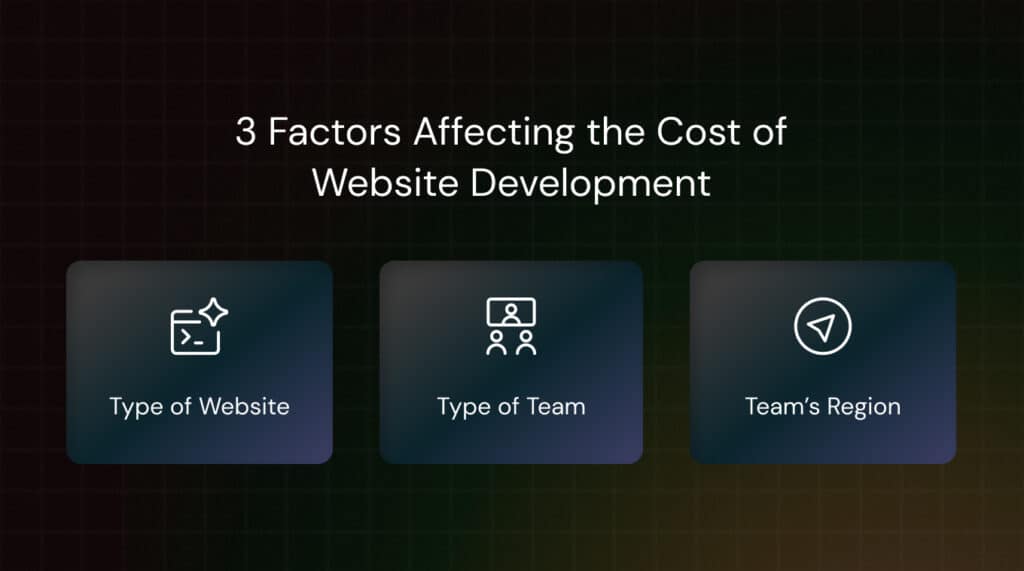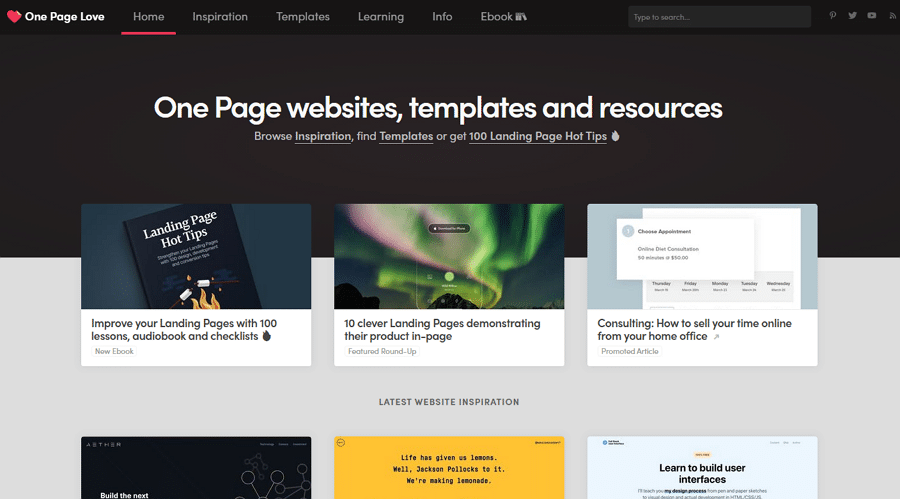Essential Tips for Writing Directions on Your Website
Clear and concise directions on your website are critical for enhancing the user experience and improving navigation. Whether you’re guiding users to your location, instructing them on how to complete a task, or leading them through an onboarding process, well-written directions ensure that users can easily follow your intended path. In this article, we’ll explore essential tips for writing effective directions on your website.

Why Clear Directions Matter on Your Website
Clear directions are vital for ensuring that users can navigate your website without confusion. They play a key role in improving usability, reducing frustration, and increasing conversions. Here are a few reasons why good directions are important:
Improves User Experience
When users can easily find what they’re looking for on your site, they are more likely to stay longer and engage with your content. Well-written directions guide users smoothly through your site’s functions, ensuring they have a positive experience.
Reduces Frustration and Abandonment
Poor or unclear directions can cause users to become frustrated, leading to higher bounce rates or abandoned actions like incomplete forms or unfinished purchases. Providing clear guidance helps retain users and leads them to complete desired actions.
Increases Conversions
Whether it’s making a purchase, signing up for a newsletter, or booking a service, clear instructions on how to proceed at each stage of the user journey can significantly boost your conversion rates.
Essential Tips for Writing Clear Directions
Writing clear and effective directions requires a strategic approach. The following tips will help you create instructions that users can easily understand and follow:
1. Know Your Audience
Understanding your audience is the first step in crafting effective directions. Consider the following:
– **Technical proficiency**: Are your users tech-savvy or are they less familiar with digital processes? Tailor your instructions to match their level of understanding.
– **Purpose of visit**: Why are users visiting your website? Whether it’s to find information, make a purchase, or book a service, your directions should align with their needs.
When you know who your audience is, you can adjust your language and tone to better suit them. Avoid technical jargon for less experienced users and keep instructions simple. https://diversewebsitedesign.com.au/website-development/
2. Use Simple and Direct Language
Avoid overcomplicating your instructions. Use simple, direct language that tells users exactly what they need to do. Here’s how:
– **Be specific**: Instead of saying “Click here to proceed,” use “Click the ‘Submit’ button to finalize your order.” Specific instructions reduce ambiguity.
– **Short sentences**: Break down complex tasks into shorter, manageable steps.
– **Action verbs**: Start directions with action-oriented verbs like “Click,” “Enter,” “Select,” or “Fill out.”
The clearer your instructions, the more confident users will feel about completing tasks on your website.

3. Break Down the Steps
Complex processes should be broken down into a series of steps. This approach makes it easier for users to follow along and prevents them from becoming overwhelmed. Use numbered lists, bullet points, or accordion-style instructions to present steps in a logical, easy-to-follow order.
For example, if users need to fill out a form, breaking the instructions into smaller sections like “Personal Information,” “Shipping Details,” and “Payment Method” will help guide them efficiently.
4. Incorporate Visual Aids
Not all users rely solely on text. Adding visual aids such as images, icons, or videos can significantly enhance understanding. Some tips for effective visuals:
– **Screenshots**: For directions related to digital tasks (e.g., filling out an online form), include screenshots to visually guide users through the process.
– **Icons and arrows**: Use visual cues like arrows or icons to draw attention to key elements or actions, such as “Submit” or “Download” buttons.
– **Tutorial videos**: Short video tutorials are excellent for more complex tasks, providing a visual demonstration that users can easily follow.
5. Use Consistent Terminology
Consistency in terminology helps avoid confusion. Ensure that you are using the same words and phrases throughout your directions. For instance, if you refer to a button as “Submit” in one place, don’t call it “Send” in another. Consistency maintains clarity and builds familiarity for the user.
6. Keep Formatting Clean and Organized
The formatting of your directions can greatly impact how easy they are to follow. Avoid cluttered blocks of text and use white space to keep your instructions readable. Some formatting tips include:
– **Headings and subheadings**: Break content into sections with clear headings, making it easy for users to scan and find the information they need.
– **Bullet points and numbering**: Present steps or lists in bullet points or numbered sequences to improve readability.
– **Highlighting important actions**: Use bold or colored text to emphasize important steps or key actions.
Common Mistakes to Avoid When Writing Directions
In addition to following the tips above, it’s important to steer clear of common mistakes that can lead to confusion or frustration for users.
1. Being Too Vague
Vague instructions leave too much room for interpretation, leading users to make mistakes. For example, saying “Go to the homepage” without specifying how to get there could confuse users unfamiliar with your site’s navigation. Instead, provide more detailed guidance such as, “Click the ‘Home’ button in the top-right corner.”
2. Skipping Steps
Assuming users already know part of the process can lead to skipped steps, which results in incomplete tasks. Even if some steps seem obvious to you, include all necessary details to ensure clarity for users of all skill levels.
3. Overcomplicating the Process
Don’t overload users with too many details or steps that aren’t necessary. Overcomplicating instructions can overwhelm users and cause them to abandon the process altogether. Stick to essential information, focusing on clarity and simplicity.
Conclusion
Writing clear and concise directions on your website is essential for enhancing user experience, reducing frustration, and driving conversions. By knowing your audience, using simple language, breaking down steps, incorporating visual aids, and ensuring consistent terminology, you can create effective directions that guide users effortlessly through your website. Avoiding common mistakes such as being vague or overcomplicating the process will ensure your instructions are easy to follow, leading to a smoother and more successful user journey.





